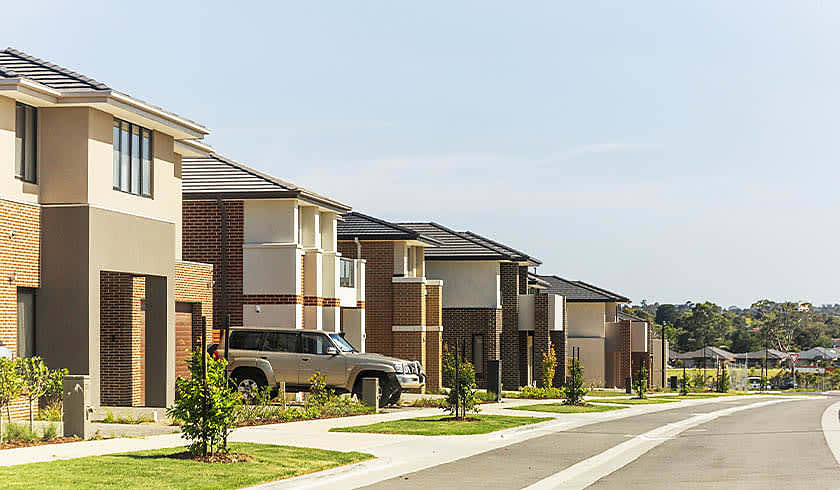FY24 building approvals fall far short of yearly housing target
Building approvals for new housing in the 2023–24 financial year marked the weakest financial year in over a decade, new data has revealed.

Findings from the Australian Bureau of Statistics (ABS) showed there were 163,320 building approvals for new housing within the 2023–24 financial year, registering as the weakest financial year since 2011–12.
Over the 12 months to June 2024, the ABS’s findings relayed that there were only 105,920 approvals for detached houses, down by 1.3 per cent on the previous year and registering as the second-weakest year since 2012–13.
The government agency also found there were just 57,400 multi-units approved for construction over the same period, marking a 17.8 per cent decline on the previous year and the weakest year for higher density housing since 2009–10.
Commenting on the data, Housing Industry Association (HIA) senior economist Tom Devitt stated that last year’s performance is a “far cry from the 240,000 new homes that the Australian government wants to see built in each of the next five years”.
Devitt detailed that residential building approvals in 2023–24 were down 7.8 per cent compared to the previous financial year (2022–23), and had declined by 18.7 per cent since 2021–22, which he noted was “just as the RBA started increasing interest rates”.
“The last time Australia saw this few new homes approved in a financial year was 2011–12, not coincidentally following the RBA’s last rate hiking cycle. At that point, the RBA had already started dramatically cutting rates again,” he said.
On a state by state basis, Devitt said “performance across different jurisdictions is starting to diverge, with those outside of New South Wales and Victoria producing the strongest indicators of a coming recovery”.
With dwelling approvals in Western Australia increasing by 23.3 per cent over the last financial year, the senior economist said the state is “leading the way with a recovery in residential building approvals”.
Speaking on the 17.8 per cent and 6.7 per cent decline in dwelling approvals in NSW and Victoria over the same period, Devitt explained that “weakness of Australia’s two largest states is due to the high cost of delivering a new home to market in Sydney and Melbourne”.
In light of the “significant uncertainty around the RBA’s battle against inflation”, Devitt emphasised that “it is up to other policymakers to reduce the cost of construction if Australia were to build sufficient new housing”.
“This means easing of tax and regulatory burdens, bringing infrastructure and shovel-ready land to market faster, implementing genuine planning reform and facilitating higher density development in existing suburbs close to jobs and transport,” the senior economist concluded.
